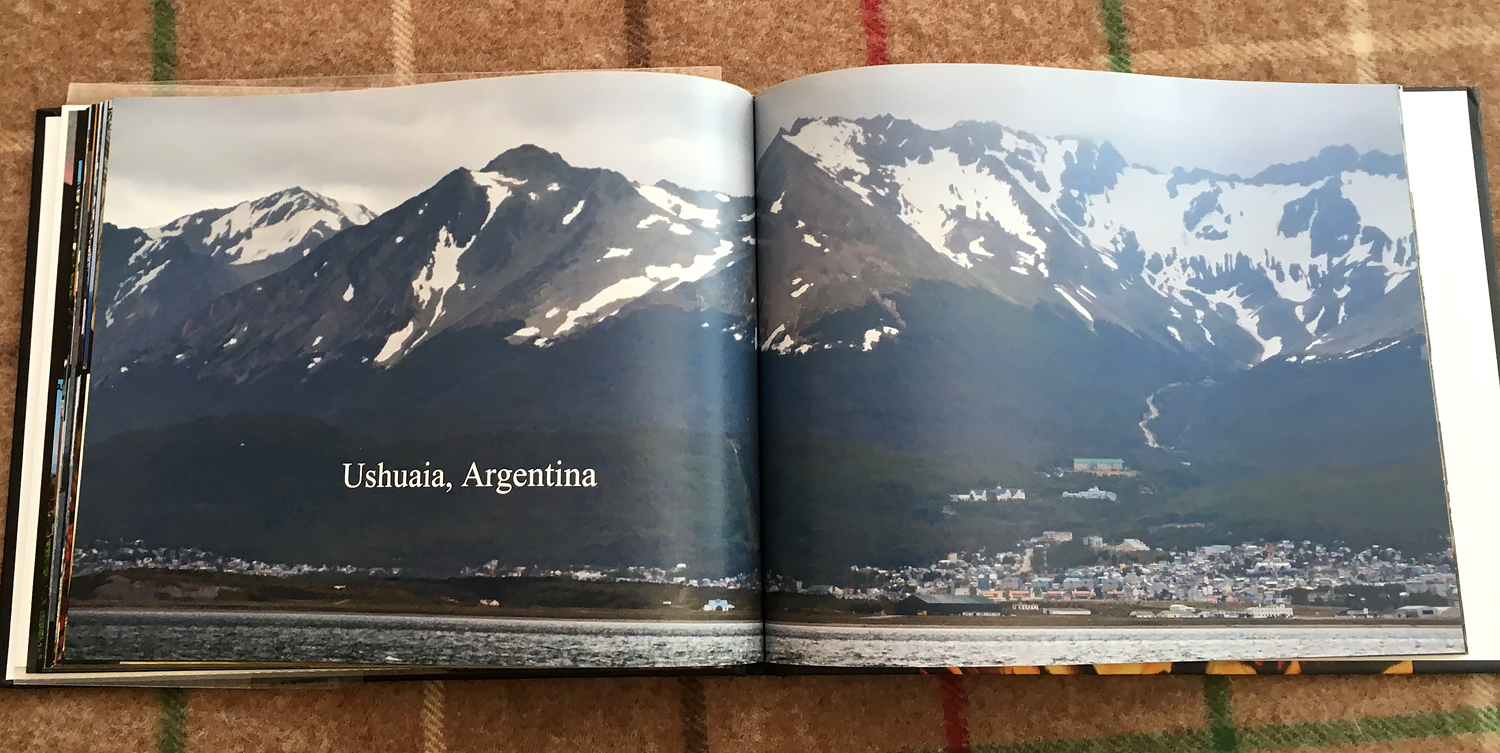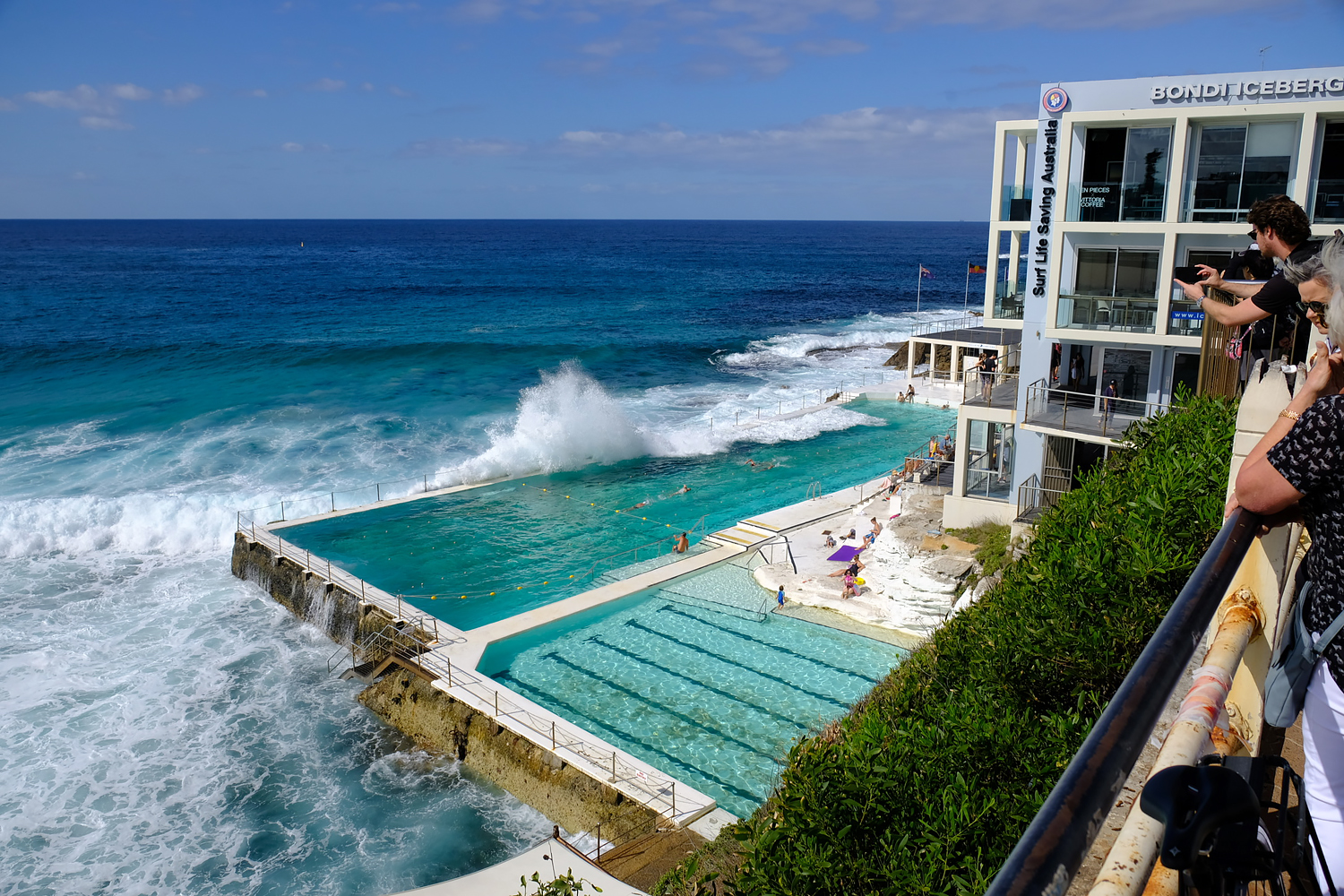Using my Fuji cameras and Shutterfly to produce personal Travel Books
I am a retiree and passionate photographer located in the Washington, D.C. area. Most of my photography is travel related. I have enjoyed photography since early memories and was a Nikon photographer since army service days.
My favorite film cameras were the Nikon FM-2 and the Leica M6. Eventually, digital photography was weighing heavy on my shoulder at 50 ounces for my camera and one zoom! I found I could replace the heavy digital camera with the X-T2 (the Fuji equivalent of the FM2) and the X-Pro2 or X-E3 (the Fuji equivalent of the Leica M6) at lighter weight and have intuitive, light cameras with good JPGs, and shared lenses and batteries. The fun I had with my old, sophisticated but simple film cameras was back at a pleasant weight and size, but there were also modern enhancements.

If you are a travel photographer, what do you do with your photos? Ideally, they would go into coffee table books that could be displayed for guests to turn to and thumb though because of their own interest. My family suggested Shutterfly.com and interested family members helped me to get started. On Shutterfly you can produce bound volumes of photographs totally online, including starting projects, uploading photos to a holding area of the project (and then onto the page), select type and size of album, number of pages, page layout (including two page spreads and panoramics, create text blocks (including varying font type, size and color). Pages can be moved about. If you have several SD cards for each camera body it is easy to get confused. Shutterfly has an option of sorting images by date taken which aids chronological arrangement of images and facilitates searching for images. Alternatively, you can sort by last photo added which can be helpful in other cases, such as when you add new images you want to use at once. Copies of draft photo books can be shared online via links or email messages and ordered remotely, so development can get input from varied locations. Once ordered, the finished book will be received with two weeks in the U.S. and dependent upon shipping time elsewhere. In the rare case of shipment damage the album is replaced at no cost.
Once I visited friends in Germany for a wedding, took photos, flew home, procrastinated, produced the album, ordered and received the album and sent it to Germany and it was still the first photos received of the wedding, although the wedding was also professionally shot. The book was loosely styled as a keepsake rather than a formal album because I did not want to compete with the hired professionals, but it became a family favorite, left on the table and viewed by children and adults. It became an additional wedding gift.
I have found that varying the size of photos and page layout, and including black and white photos increases the viewer’s interest. Just as you would not usually have a person on the edge of a photo looking out of the frame, page layout involves facing the photos properly on the page and interspersing people photos with scenics to produce visual variety. Color balance within the page is also important. Your composition skills need to be used at a page level, not just for individual photos. Producing a book (even as a self-published amateur) extends your photography-related and editing skills into new areas. If you ever wanted to produce photo essays like Sebastian Salgado, this can be a start.
Sometimes a caption can “save” a photo, for example, I had a photo of a woman crouching down to look at a penguin, which was looking back. It was a very unexceptional photo, but captioning it “mutual curiosity” made it more interesting. Humor and personality can be effective in presentation and will make the book worth looking at again and again. Considering the book as an advertisement for you, if you appear to be an interesting person, then working with you as a professional becomes appealing to potential customers; therefore, your photo book can be a marketing tool. It can also feature a personal project or interest. I have found that titling and dating he books (visibly on the book) is helpful for documentation and future reference.
If you travel with family when you photograph, including photos of them among your regular work may help to make them your allies and willing supporters, rather than silent-sufferers.
Traveling with camera equipment means striving to travel as light as possible. For ease of carry, I place my camera bag in my rolling carry on bag. My lens selection is based on weight. The 18-55mm is a standard. The XC 50-230mm lens is significantly lighter than other lenses (and cheaper, using a plastic lens mount). It produces excellent results and is stabilized to compensate of a narrow maximum aperture. Because I rarely use long zooms when traveling, it is very acceptable. The 18mm F2.0 is a lens I keep on the body a lot. I often move about with only one prime lens and leave others in the hotel safe. Other days, other prime lenses are used for variety. Because I shoot street photos, one prime lens is always on one body set on program mode. When I have a person shot or get permission to take a photo, I am ready to fire and simply raise me camera and shoot in less time that it takes to tell.
I have found that when you are relaxed, your subject is relaxed, when you smile, your subject smiles. When you change lenses or fiddle with your camera your subject tenses up.
Wishlist
I have come to really like the F2.0 series of Fuji lenses and If a had a wish list, a 16mm F2.0 or F2.8 would be on it. 16mm sits just between wide angle lenses and ultra-wides and can serve for both when traveling light. Some wonderful lenses are just too heavy for traveling! Another hope is more lens hood options. Some hoods are too bulky (and to me, ugly) and probably left off because of that.
Additional Resources for Fuji Lovers
The Fuji Guys – Canadian Fuji photo experts on Youtube videos cover capabilities of different Fuji camera models. Generally the “top features” videos of individual models provide a good tour of each camera and the lenses. “Unboxing” videos are just what they sound like, if that’s your interest. The Fuji Guys can be Google-searched or Youtube-searched. Their coverage if often quite extensive and detailed, like a video manual.
Tony and Chelsea Northrup – This New York based photographic education couple has produced a learner book called How to Create Stunning Digital Photography. This book links to online tutorials via Internet addresses or QR Codes. In online Youtube videos, the couple covers reviews of individual Fuji and other camera models and sophisticated topics.
The Fuji Lens roadmap – The Roadmap provides a look at past and forthcoming Fuji lens development plans and availability schedule and can be helpful in planning lens buying decisions.
SUBSCRIBE TODAY THE FUJI X PASSION VIRTUAL MAGAZINE

Thomas Ettle is a retired civil servant and passionate Fujifilm photographer living in Washington D.C.. He travels frequently around the world and produces bound Shutterfly albums of his travels. He enjoys photographing people, culture and landscapes.














